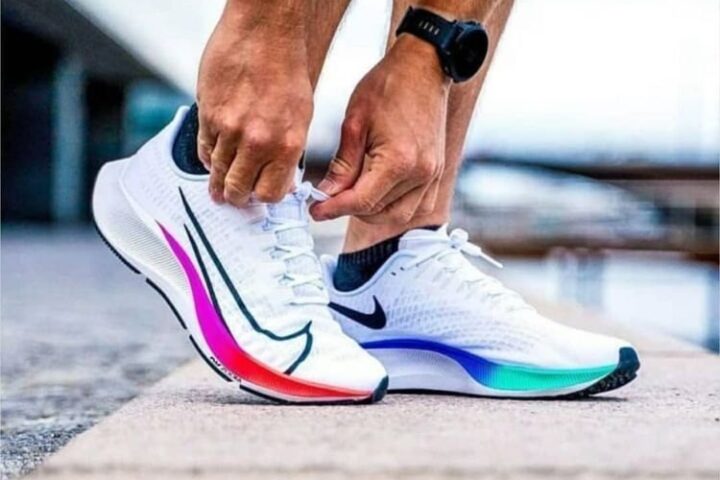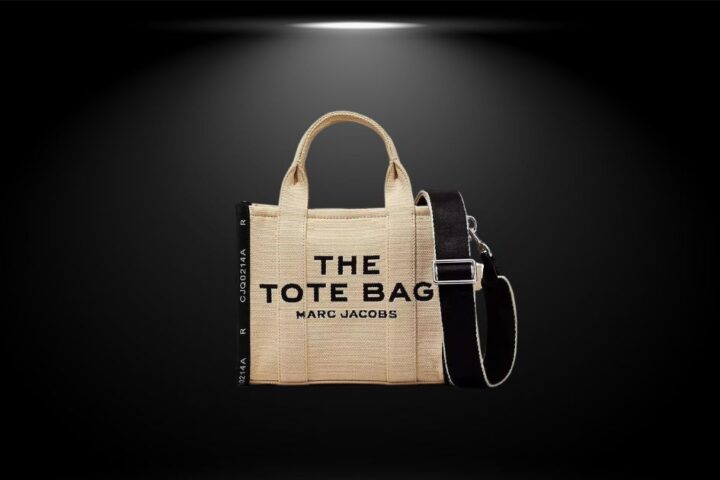INTRODUCTION
India is famously known for its diverse culture and vibrant hues that are spread in the culture we follow which includes the clothes we wear.
This heritage of ours has gained popularity with time and now it tends to compete with the big shots of the western part of the world that in itself is a niche and it has also been witnessed that the western industry was not welcoming enough for the Asians to carve ways for themselves. But this scenario has changed significantly with respect to the other world advancements.
INDIAN VS THE GLOBAL DESIGNERS – THE FABRICS IN USE
The huge variety of fabrics ranging from the indigenous khadi to leather further diversifies our home growing fashion industry. Various techniques of craftsmanship like hand block printing from Rajasthan, Chikankari and Zari work from Uttar Pradesh, Kanjivaram from the southern parts are some of the examples of the beauty of art bestowed upon the clothing ranges whereas the international markets manufacture the simple style of clothing mainly crafted out of expensive silk , cotton and wool sourced from cashmere.
The artisans here in India have been working in their specialised crafts since generations and till now most of the premium work is done by hand itself on the other hand the international units are well versed with the technical advancements.
ENVIRONMENTAL CONCERNS
Globally, the major concern has always been the effluvia generated and disposed off by the fashion industry into the water bodies contaminating it to an irreversible extent. In order to curb this the international brands like Hennes and Mauritz have proved themselves to be sustainable up to a certain parameter thereby adding to its worldwide success and constant high demands even in the foreign market like India.
India still lacks this approach as :
1. There is lenient law enforcement pertaining to sustainable development.
- The sustainable products are quite expensive for a market where its consumers are mostly middle class.
- Local artisans lack awareness regarding this.
The infamous case of M.C MEHTA VS THE UNION OF INDIA popularly known as the Kanpur Tanneries case took cognizance of the matter wherein the tannery in question polluted the river Ganga alarmingly. The court took notice of the fact that leather processing unit indeed caused the damage but did not direct its immediate closure rather asked to establish a proper waste management plant.
This tends to set precedent with respect to the need and importance of sustainable development at all levels including the manufacturing units like that of leather so that a global concern can be deal with while capturing the trendy areas of the market.
PRODUCT COUNTERFEITING
There are so many instances of duplicate products being sold. Iconic brands like Nike, Adidas, Charles and Keith etcetera have their clones being sold in every second shop around the globe. This business of selling duplicate articles is so huge that it gets too difficult to shut them down via court’s intervention. India is one of the largest markets for the counterfeit products. Patent to the luxury brand house, the LV monogram is used here in India to duplicate their custom- made bags and other items that are sold at unbelievable prices. This practice indeed is a violation to the original brand owner’s intellectual property rights that make each designer’s work of art unique. It also flattens the sale curve as people buy the lookalikes available at much cheaper rates.
The cosmetic industry is not at all immune from the duplicate products , the cosmetic giant L’oreal Paris also found out that its Kiehl’s cosmetics counterfeits are being sold.
Various steps that can be taken to curb this are:
- Seeking proper IP protection.
- Ensure incomparable quality and affordable prices
- Proper redressal system.
The position as to Indian designers is quite similar as their designs are being copied endlessly for example you can easily purchase a Manish Malhotra lehnga from Chandni Chowk in Delhi with huge price difference. Therefore, designers struggle to capture larger market share because the target audience gets inclined towards identical but cheaper alternatives.
THE DYNAMIC ARENAS OF FASHION
In order to stay relevant and keep on amusing its customers a fashion house including its designers need to come up with ideas relating to advertising, brand influence , brand reach and many other factors. One such factor is collaborations, for example Puma and BMW collaboration has resulted in immense success for both the brands and simultaneously captured a significant position in stylish sportswear. Such collabs are possible when one fashion house permits the use of their IP (intellectual property) to the other fashion house by which they gain both monetary and social influence benefits.
This practice to provide the required push to a brands with respect to its sales, social acceptance, design viability and craftsmanship is still not much prevalent in India as much it is in use by foreign designers.
The main reason of it can be that the Indian designers are still struggling to produce their best due to raw material cost , supply chain mismanagement , infrastructure, lack of awareness relating to IP monetisation and its protection like constraints.
The collabs being done are still not able to meet up with the other collab collections prevailing in the market which overshadows a consumer’s will to buy local.
The better infrastructure has resulted in superb quality products due to which people only prefer to buy international brands which is evident in all departments of fashion from clothing to cosmetics. Thereby leaving Indian designers in problems to create a niche for themselves in their home country first. This niche is the need of the hour in order to procure enough funds to fuel the other necessary activities for a designer to go global with his brand.
CONCLUSION
The Indian fashion industry is on the rise rapidly and this upward trend if is mixed with a little bit learning from the west, sustainable approach , better enforcement of laws triggering any contravention in the fashion world and more use of benefits a registered IP brings with it then it would lead to enough room and opportunities for our home grown brands and we shall witness more brands like Sabyasachi and Anita Dongre collaborating , competing , gaining importance and bringing laurels to our country in no time.
Author: Urishita Gadhok









